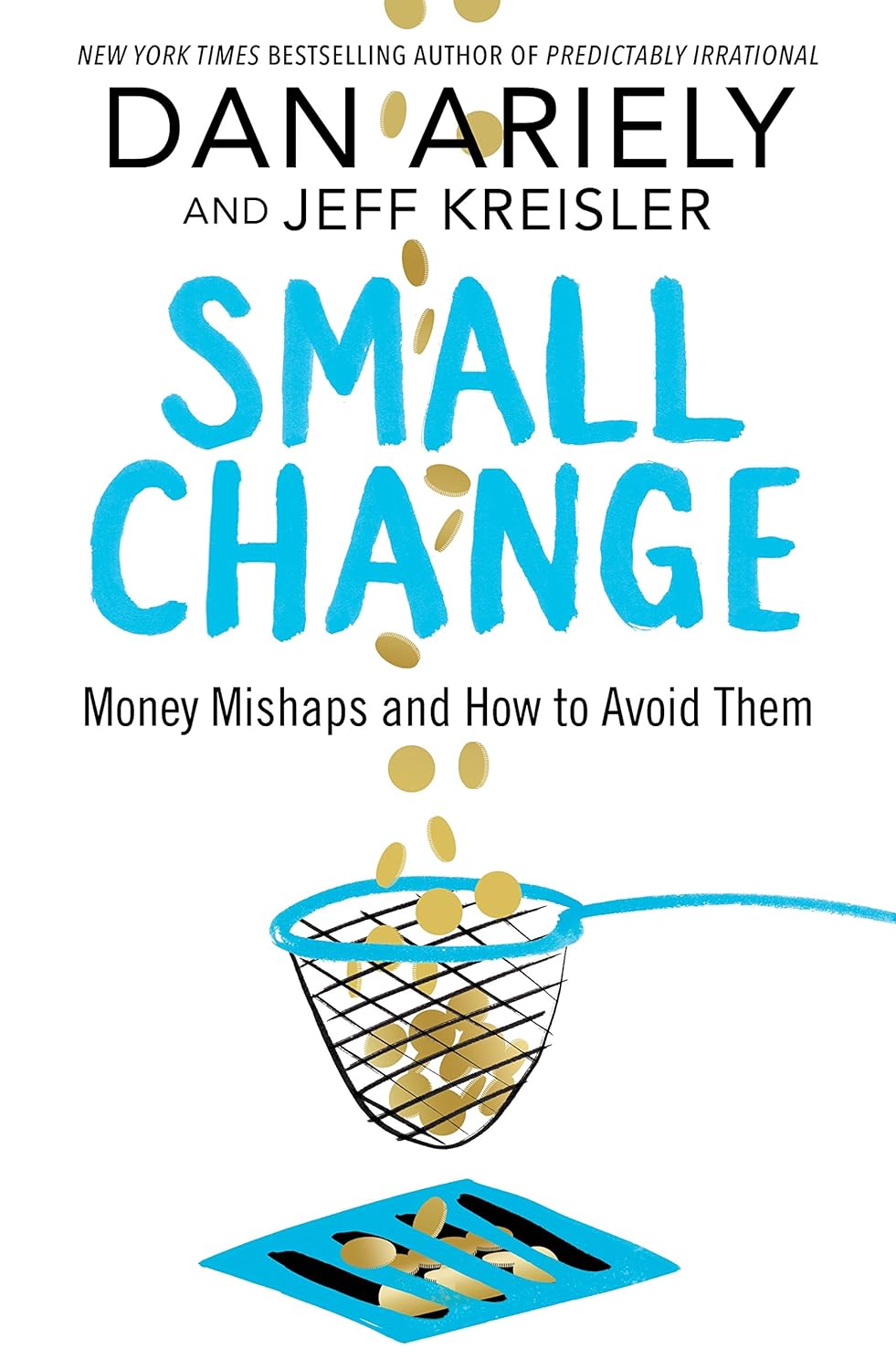Product Testing in Emerging Markets: Talking to Stakeholders
 PriceBeam
·
3 minute read
PriceBeam
·
3 minute read

One of the main challenges that arise when MNCs move into emerging markets is the fact that it’ strange territory. Quickly, you realize just how much you have been relying on your intuition and ready knowledge; all the peculiarities about Western consumers aren’t considered as such because most employees possess them themselves, grew up with them, and consider them completely normal.
Consequently, product development can be difficult to get right, especially perfect. One thing is considering the ‘main differences’, those technical requirements that just must be in place for the product to have a fighting chance at all. But to get it perfect, you need to truly understand what drives value for consumers in the market.
Roughly speaking, MNCs should include as many stakeholders as possible in this process – remember, one thing is who is going to use the product, but what about those who are going to produce it? Sell it? Repair it?
Your product is no good if it doesn’t fit in with distributors or is really expensive to repair, especially considering the importance attached to durability in emerging markets.
All stakeholders must be consulted, however, the end-consumer will, of course, remain the most important one.
Distributors & Manufacturers: Using Focus Groups
The usual way to get response from distributors and producers, is to create a focus group. Even a small number of participants (< 10) can give you a quite good idea about the ‘main drivers’, i.e. the things that must be in place to provide a great product. It won’t tell you how valuable reducing the weight of the product by a couple of grams would be, but you will know what material is preferred, for example.
Using focus groups is highly recommended, and even gigantic, multinational corporation stick by this fairly simple, low-tech approach – sometimes, even the most complex analyses can’t replace simple dialogue, and it really helps getting back some of that intuition you’re missing.
When selecting a focus group, it’s important to choose participants that can remain objective. Quality is more important than quantity, indeed, so if you can find 10 participants that aren’t too familiar with you or your offerings, and seem to fit your ideal producer/distributor, then you’re good. Moreover, make sure that the focus group is moderated by someone who is not seemingly related to your firm; you want your focus group members to feel confident about speaking their mind and not hold back about any detail they would find even remotely important.
Typically, firms stick to focus groups and don’t dig any deeper for the ‘minor differences’. Firstly, gathering a large enough group of respondents comprising only relevant distributors and manufacturers is quite impractical, and the rewards are not that significant. Secondly, most MNCs tend to learn along the way by trial and error as these stakeholders are quite easy to solicit feedback from.
End-Consumer Research: Focus Groups & Research
As mentioned above, the end-consumer is still the most important stakeholder when testing a product. After all, they are the ones buying the product, paying for it, and using it. Therefore, even minor tweaks can significantly enhance the firm’s bottom line.
Also here, we first and foremost recommend using focus groups to get a qualitative input. As we mentioned, dialogue is a great way to acquire some intuition, and to get a sense of what questions to ask when going forward, what concerns to address, what trade-offs to balance, and what consumers to target. Contrary to product testing with distributors and manufacturers, this shouldn’t be the final step for the end-consumer.
To understand minor value-drivers, too, and attach weighting to different attributes, main value drivers included, more in-depth market research is required.
In particular, it is useful knowing how different attributes influence the end-consumer’s willingness to pay. At the end of the day, driving up willingness to pay is what drives up profit, and therefore, it is a crucial input for determining not just what consumers care about, but also what they will actually pay for.
The distinction is important, as we often see customers complaining about certain features missing, which are deliberately left out because they simply won’t pay extra for them. Often, those most likely to complain are those with the highest price sensitivity, while those least likely to complain are those with high spending power, whose voices really matter for the bottom-line.
Incorporating Findings
When value-drivers are identified, simply incorporating these to the product development is not enough. These should form a key part of the communication and marketing, too. After all, what good is it that you spent hours conducting focus groups and listening to manufacturers, if you don’t tell them that their voices were heard, which is shown by feature X and Y? What good is it that you walked the extra mile to slightly tweak a certain feature to satisfy end-consumers, if it’s not there in the commercial?
Communicating value-drivers is almost as important as implementing the value-driving features, but is often neglected, which is a terrible shame.
.png?width=400&height=100&name=PBLogoTransparent%20(1).png)




